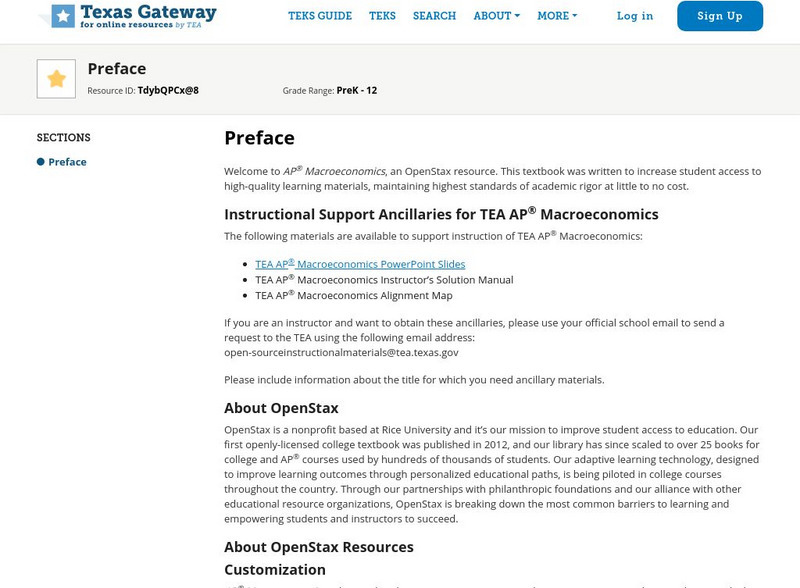Hi, what do you want to do?
Council for Economic Education
Econ Ed Link: On the Money
In this lesson, students explore what money is and how it differs around the world. They will compare U.S. currency with play money and with foreign currency. They will then use their knowledge to design their own money.
Council for Economic Education
Econ Ed Link: The Price of Gasoline: What's Behind It?
In this lesson, students investigate the variables that contribute to the cost of gasoline. They learn that while OPEC nations do influence the price of oil and thus the price of gasoline, other factors also influence the price.
Council for Economic Education
Econ Ed Link: Traditional Economies and the Inuit
The Inuit people of northern Canada provide an example of a traditional economy. For thousands of years, Inuit parents have taught their children the survival skills needed to survive in the Arctic Circle's severe climate. Students will...
Council for Economic Education
Econ Ed Link: Wages and Me
Students explore the reasons for differences in the wages for several occupations. Then students are guided through the Bureau of Labor Statistics website to find information about their potential careers and wage rates nationally and in...
Council for Economic Education
Econ Ed Link: What Is Competition?
Explore the world of competition in business through this informative lesson plan.
Council for Economic Education
Econ Ed Link: National Parks: Only You Can Prevent the Coming Crisis
What do you think of when you think of the National Parks System? Do you think of the majesty of the Grand Canyon and the redwoods of Northern California? Or does the serenity of Cape Cod and the Everglades come to mind?
Council for Economic Education
Econ Ed Link: What Inefficiencies Lurk in Rent Controlled Housing Markets?
Imagine that you've just graduated from college and have been offered a position with a firm in New York City. You can't wait to start living in your own apartment! Explore the housing market and how it works.
Texas Education Agency
Texas Gateway: Ap Macroeconomics: Preface
This is a preface to the TEA AP Macroeconomics Textbook online, an OpenStax resource. It provides an overview of the text, instructional materials available, the coverage and scope of the text, and the organization of the text.
Council for Economic Education
Econ Ed Link: Chevy Volt It's Electric!
The costs and benefits of owning an electric or hybrid car will be evaluated in this lesson. By reading and researching the history of the production of electric cars, the lesson allows students to understand how this market has developed.
Alabama Learning Exchange
Alex: Producers and Consumers
This lesson will teach the difference between producers and consumers. It provides an interactive way for students to get involved and actually become producers and consumers.









